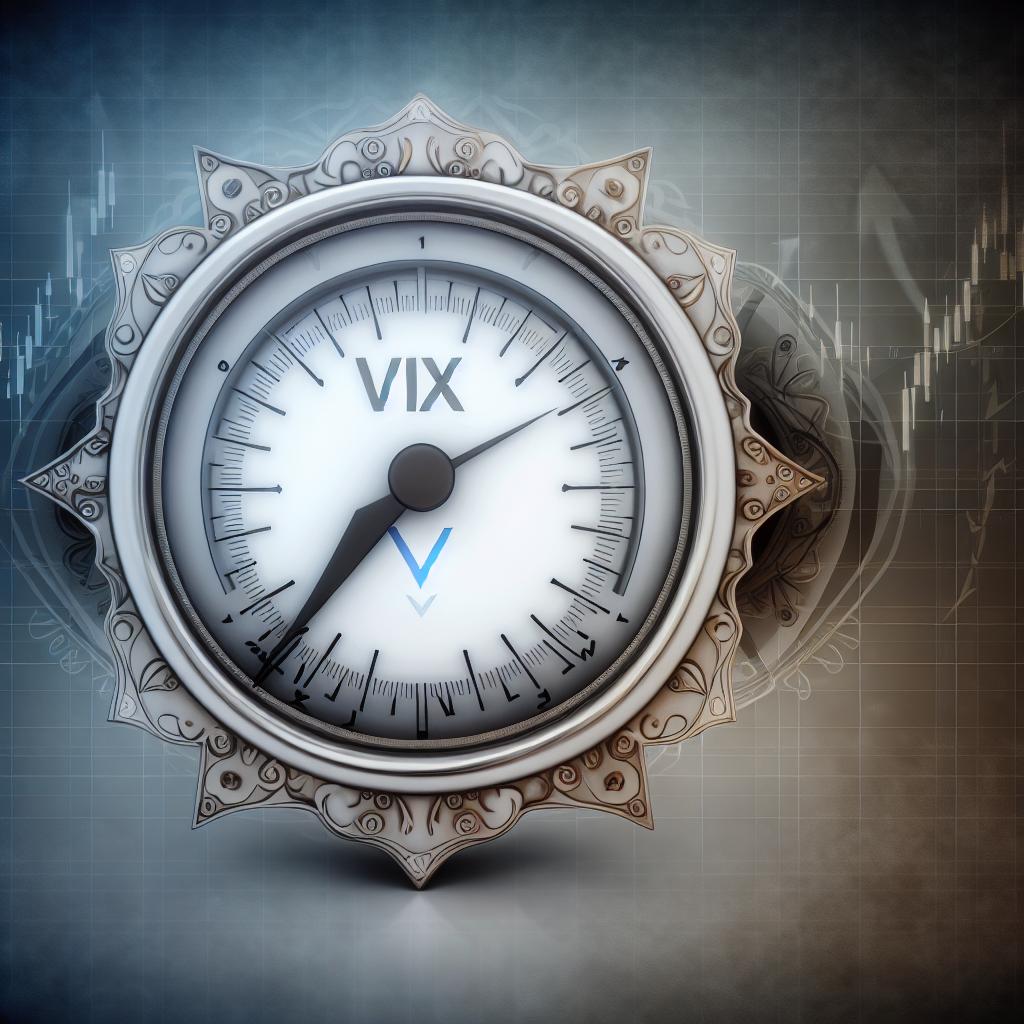The Psychological Dynamics of Trading High-Volatility Stocks
The excitement and potential reward accompanying high-volatility stocks attract many traders. However, such stocks can also present significant psychological challenges. Understanding the psychological elements at play can help traders navigate these turbulent waters more effectively.
The Allure of High-Volatility Stocks
High-volatility stocks often promise substantial returns in a short period. These stocks typically experience swift and significant price fluctuations, offering opportunities for quick gains. This potential for substantial profit can captivate traders, encouraging an emotionally charged trading environment.
The promise of high rewards acts as a magnet for traders looking to capitalize on price movements. The volatility inherent in these stocks means that prices can soar or plummet in a relatively short time frame. For some traders, this can translate into considerable wealth accumulation, especially if they manage to predict the price movements accurately. Such outcomes are often highlighted in trading success stories, which further fuel the allure for both novice and experienced traders.
However, the potential for profit is not the only factor driving interest in high-volatility stocks. The thrill associated with trading these stocks can also be a significant factor. The adrenaline rush from engaging in rapid trades is appealing to many who seek excitement alongside financial gain. Yet, this excitement also sets the stage for possible psychological challenges, as it may lead traders to make decisions driven more by emotion than by logic or analysis.
Psychological Challenges
Fear and Greed
The primary emotions impacting high-volatility stock trading are fear and greed. The rapid price movements can trigger a fear of missing out (FOMO), as traders might act impulsively, driven by the desire to gain quickly. Conversely, fear of loss may cause traders to sell prematurely to avoid possible downturns. Balancing these emotions is crucial for maintaining a logical trading approach.
FOMO is a pervasive force in the trading world. In the context of high-volatility stocks, it can prompt traders to jump into trades without sufficient research or strategy. The fear that one might miss a lucrative opportunity often leads to rash decisions, which can ultimately backfire. On the flip side, the fear of loss can have a paralyzing effect. Instead of acting with calculated precision, traders might make hasty exits to avoid potential downturns, sometimes selling at a loss due to panic rather than rational evaluation.
Stress and Anxiety
Trading high-volatility stocks can be stressful and anxiety-inducing. Continuous monitoring and swift decision-making requirements can lead to mental fatigue. This stress can cloud judgment and result in irrational trading decisions.
The constant need to stay updated on market developments takes a toll on traders. High volatility requires active engagement, meaning traders often find themselves glued to their screens, vigilantly watching for any sign of market movement. This level of involvement can lead to significant mental exhaustion, making it difficult to think clearly and make sound trading decisions.
This environment of constant vigilance fosters anxiety, as traders are acutely aware that the market can turn against them in an instant. This stress may lead to second-guessing their strategies, ultimately hampering their ability to trade effectively. As stress levels rise, the capacity for logical thinking diminishes, leading to potentially costly mistakes.
Strategies to Mitigate Psychological Impact
Develop a Trading Plan
Creating a detailed trading plan can reduce emotional trading. A sound plan should include entry and exit points, risk management strategies, and criteria for trading particular stocks. Sticking to this plan helps minimize impulsive decisions and fosters disciplined trading.
A well-structured trading plan serves as a roadmap for navigating the turbulent market waters. By establishing clear criteria for entry and exit, traders can make decisions based on predefined strategies rather than on emotion-driven impulses. Meticulously preparing for various scenarios enables traders to react rationally and efficiently, even when markets are at their most volatile.
Risk Management
Effective risk management strategies are vital when dealing with high-volatility stocks. Limiting exposure through position sizing and stop-loss orders can help protect from significant losses, easing the psychological burden.
Trading high-volatility stocks without a robust risk management strategy is akin to sailing without a life vest. Traders can employ techniques like stop-loss orders to automate their protective measures, ensuring that they do not lose beyond a predetermined limit. Position sizing is another key aspect, where traders limit their investment in any single trade to a percentage of their capital, reducing the risk of devastating losses.
Continuous Learning
Staying informed about market trends and enhancing trading knowledge can increase confidence and reduce anxiety. Engaging in educational resources, attending workshops, and consulting with seasoned traders can provide valuable insights.
Maintaining a commitment to continuous learning aids in developing a deeper understanding of market mechanics. By regularly updating their knowledge about new tools, strategies, and market trends, traders can make informed decisions, reducing reliance on gut feelings. Knowledgeable traders are better equipped to anticipate market movements and adjust their strategies effectively.
The Role of Technology in Trading Psychology
Automated Trading Systems
Automated trading systems can alleviate some of the psychological burdens associated with high-volatility trading. By setting predefined criteria, these systems can execute trades without emotional interference, allowing for more consistent results.
Incorporating automated trading systems introduces a significant reduction in the emotional component of trading. By relying on algorithms to execute trades when specific conditions are met, traders eliminate human-induced errors stemming from emotional reactions. Automated systems ensure that trades adhere strictly to the predefined plan, enhancing the consistency of outcomes.
Trading Algorithms
Using sophisticated algorithms to analyze market trends can help traders make informed decisions free from emotional influence. Technologies like machine learning and data analytics provide traders with tools to navigate high-volatility markets with enhanced objectivity.
Advanced technologies offer traders powerful analytical tools. Machine learning algorithms, for instance, can process vast amounts of data, identifying patterns that might elude human perception. This technology aids in formulating strategies that are rooted in thorough data analysis, minimizing the bias introduced by emotions.
Conclusion
Understanding the psychological aspects of trading high-volatility stocks is crucial for successful trading. By recognizing the impacts of fear, greed, and stress, traders can adopt strategies to mitigate these effects. Employing a well-structured plan, implementing risk management techniques, continuous learning, and utilizing advanced technologies can support informed and disciplined trading decisions.
Navigating the challenging landscape of high-volatility stocks demands not only a grasp of market mechanics but also an understanding of personal psychological responses. Traders who take the time to acknowledge and address these psychological elements are better positioned to achieve sustainable success. Through a combination of well-established strategies and technological advancement, they can manage the mental demands of high-volatility trading environments more effectively.










